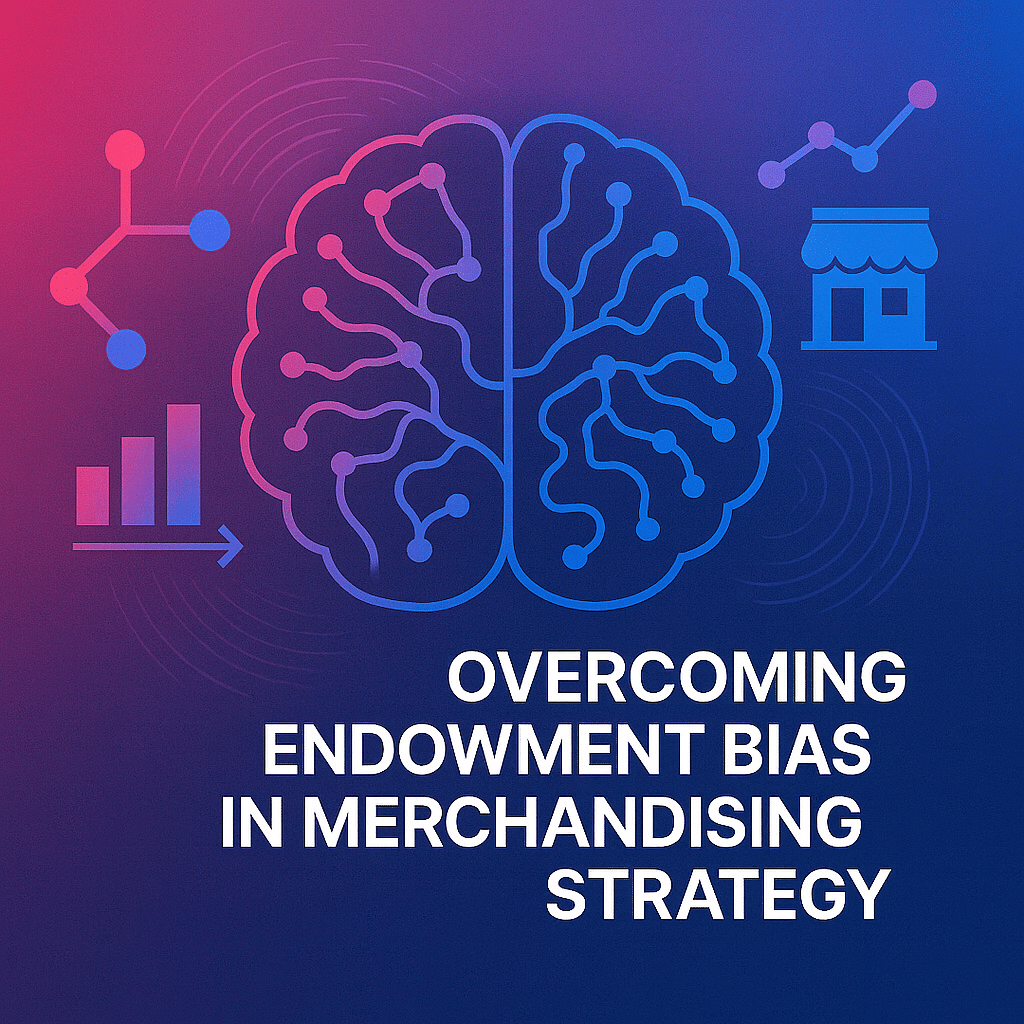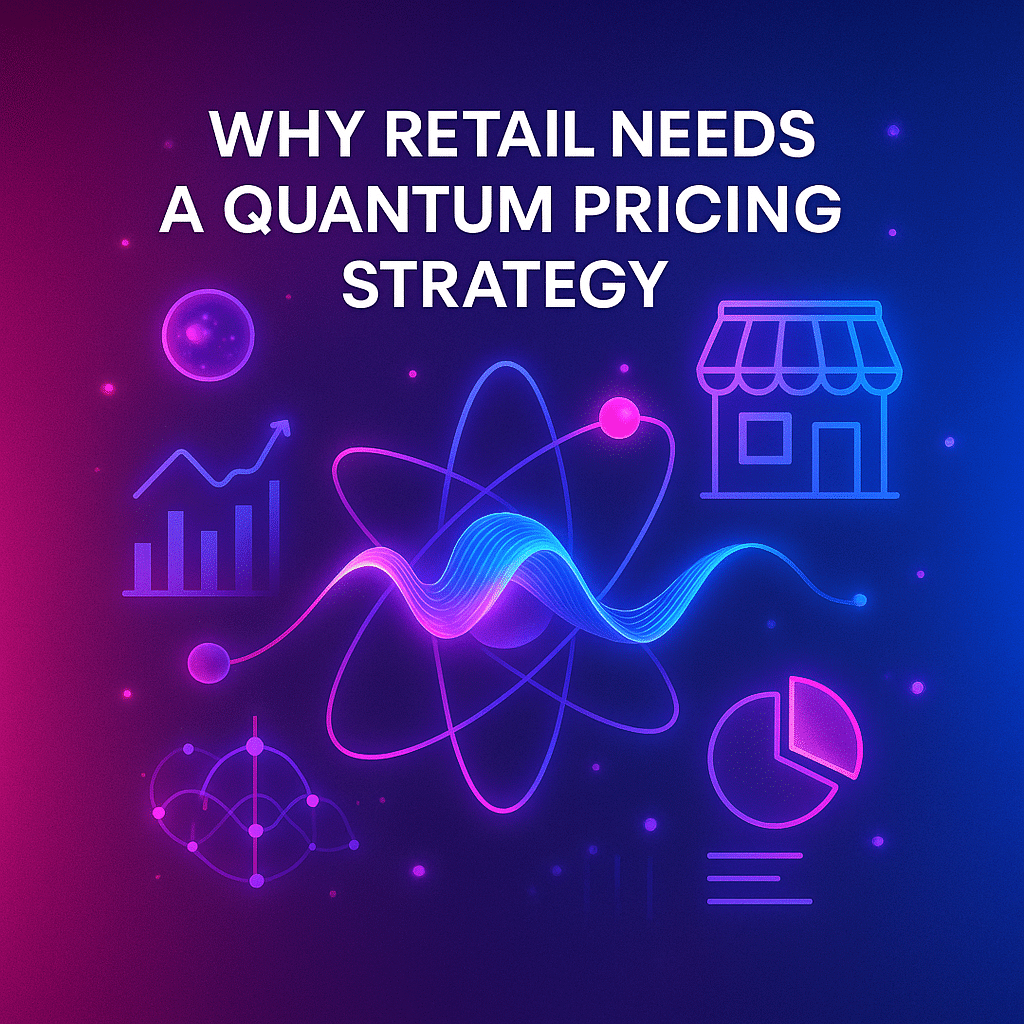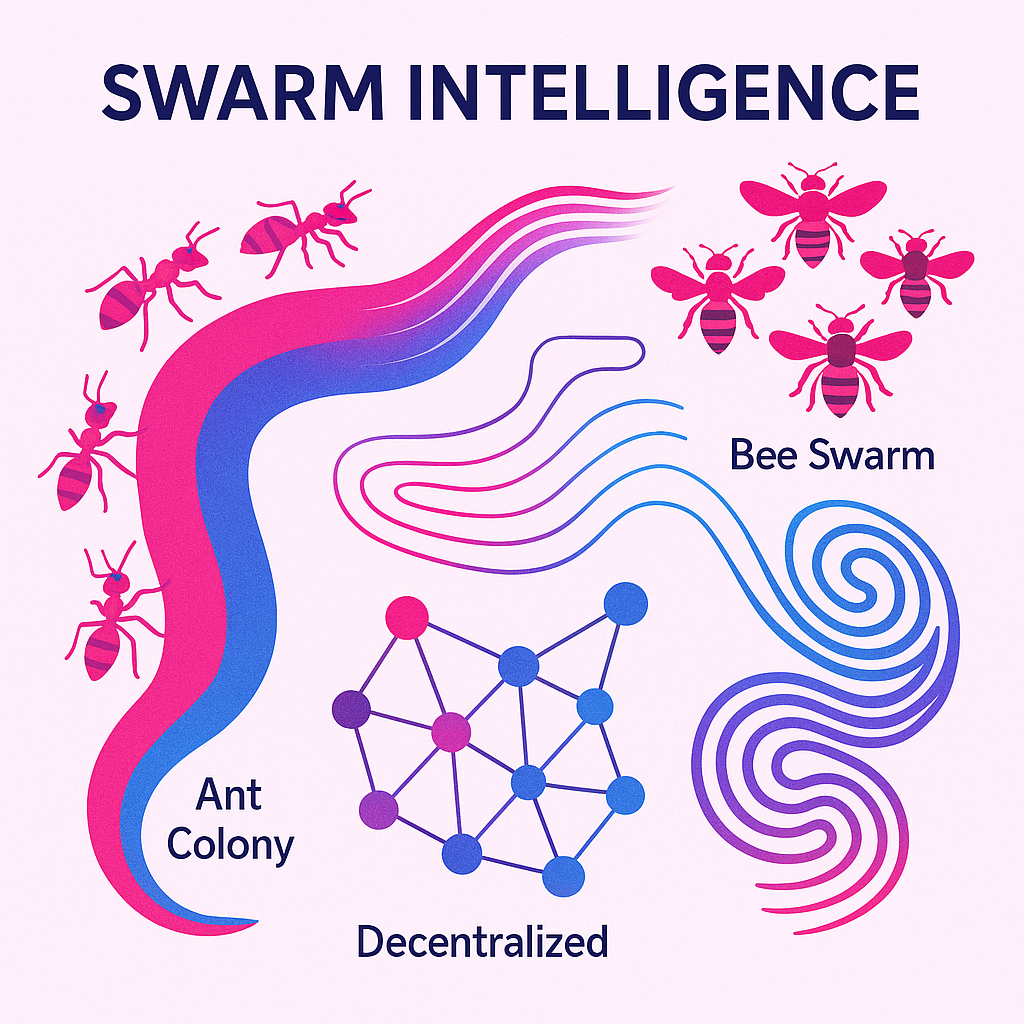The “End of Trend Forecasting”, Without Measurement
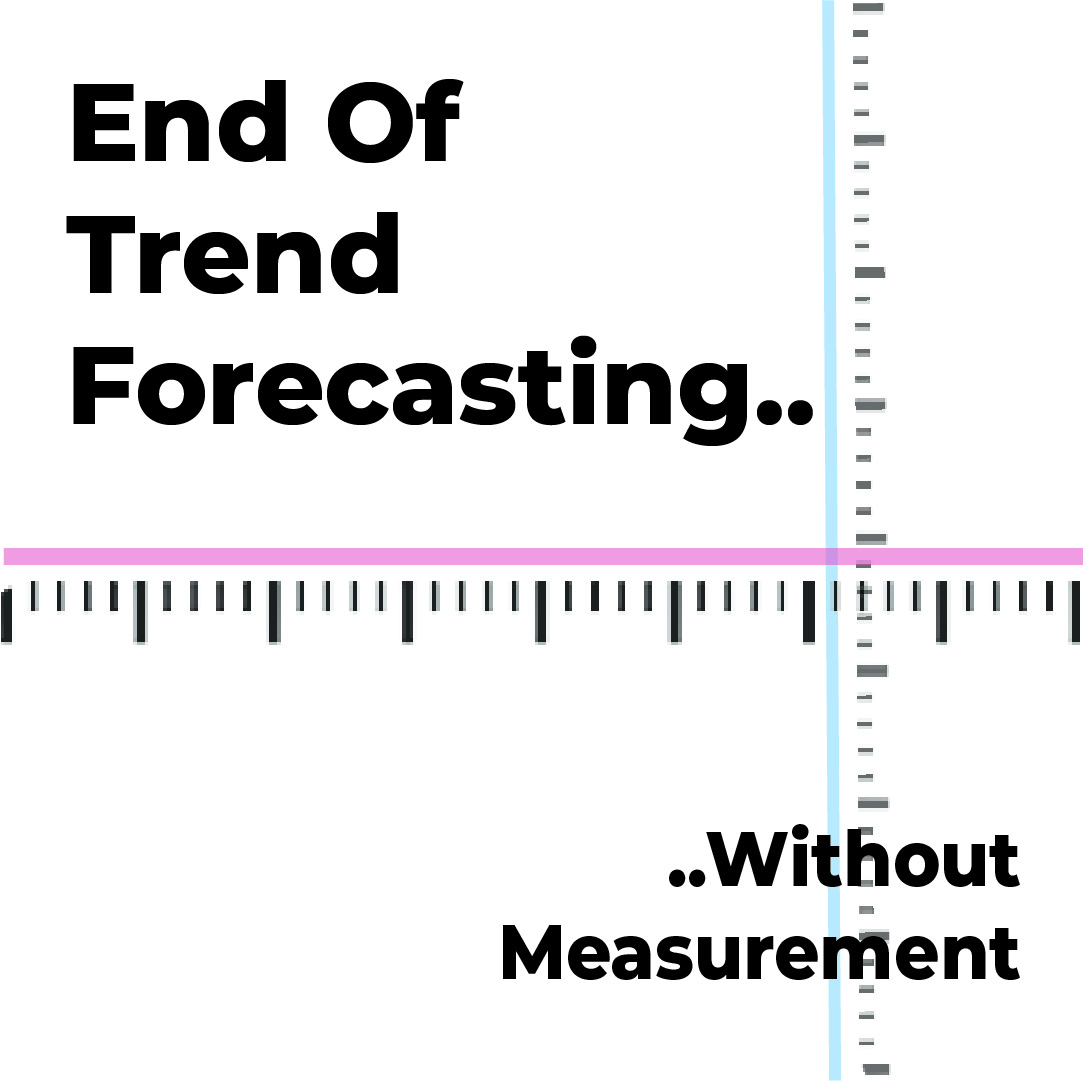
Why should there be an “end of trend forecasting“?
A quick google search on “trend forecasting accuracy” returns no relevant results (the hyperlink takes you to the search results). This is revealing and has huge consequences on the economic and environmental sustainability of the fashion and retail industry. What we can not measure, we can never improve. The fashion and retail industry consumes a lot of trend forecasts without measurement. Are you paying thousands of dollars for trend forecasting tools, leave alone millions of bets you place? Have you measured the accuracy of trends you consume as they occur?
Why is trend forecasting accuracy not measured?
Any measurement starts with data collection. How does one measure trend forecast? Is a trend measured by the direction of supply or demand?
Anything related to consumers needs to be measured from the lens of consumers. One can measure actual trends by measuring consumer demand. The trend forecasting available in the market is either based on subjective inputs or data inputs but the data used are all supply signals. This is a self-propagating network of stimulus and response. As we all know more than half of products made in fashion are in disconnect with consumer demand, supply signals are erroneous in measuring true demand. The true demand is no public information and that poses challenges. Even if one measures supply trends with forecast trends, it is erroneous to compare the forecast with a data set which 50% incorrect. In other words,
Anything consumers do not adopt is not a trend.
Should we continue consuming such forecasts? and create an excess inventory that consumers do not want year after year? season after season? and make the planet and organization unsustainable environmentally and economically?
We see the end of trend forecasting, without measurement.
How to measure trend forecast
Trend forecasts can be measured provided we can sense true demand at the internet scale for geo-specific trends. This is just not data scraping and analyzing patterns. This way will only provide trends of supply that are erroneous with respect to the true demand of consumers. There is a need to discover the true demand of consumers from the dynamic non-linear signals out there. This is a non-trivial problem to solve.
We at Stylumia took on this challenge which has a global impact in 2015, invented Demand Science® to derive the true demand of consumers at the internet scale.
Also, it becomes difficult to measure when trends are abstracted at a higher level. How do you measure whether the theme is working or not? Yes if you have Demand Science®, you can find out the proportion of products under a theme to say if it is better or worse with respect to the true demand of consumers.
Like in any forecast, we need to start measuring forecast accuracy as a metric. The forecasts need to be sharp at different levels of the fashion or industry taxonomy, in a way one can measure.
Data Speaks | Stylumia’s Trend Forecast Accuracy
In Stylumia, we provide geo-specific trend forecasts across various levels of the taxonomy, from category trends to attribute trends. The trends are also graded on what would be “winning trends”? You are not dumped with all trends, but a list of predicted winning trends, eliminating a lot of noise from the signal (link to our earlier blog on noise and signal in fashion forecasting)
In our recent analysis of our forecasts for 2021, provided in 2020 for one of the geographies revealed at micro trend level, accuracies of winning probability between 80-100%, whereas the general industry accuracies are around the 40-50% mark reflected in the success rates.
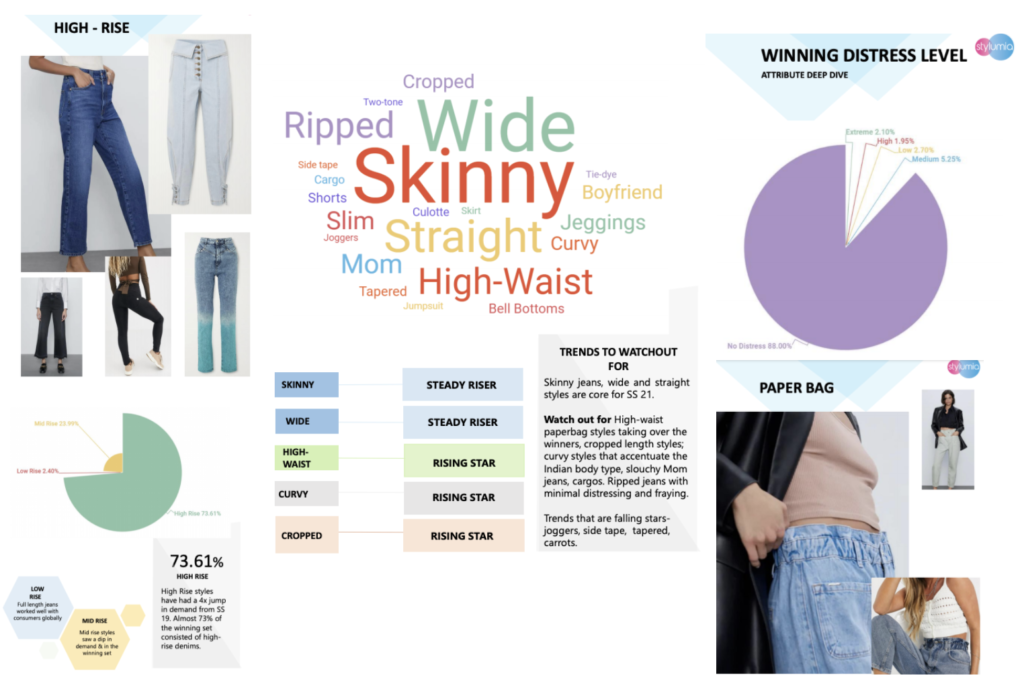
This is a huge value unlock at a fundamental level for brands and retailers.
In Conclusion,
We would like you to ask the question “are you consuming the so-called trends” which are measurable?
Anything that you use which can’t be measured for its effectiveness is simply noise.
Ask this question internally and externally? If someone says, it is measurable, ask How? on what basis?
It is the end of trend forecasting, the end of fashion forecasting without measurement, and the beginning of demand-driven trend forecasting with measurement.
We go wrong less when we put consumers at the center

